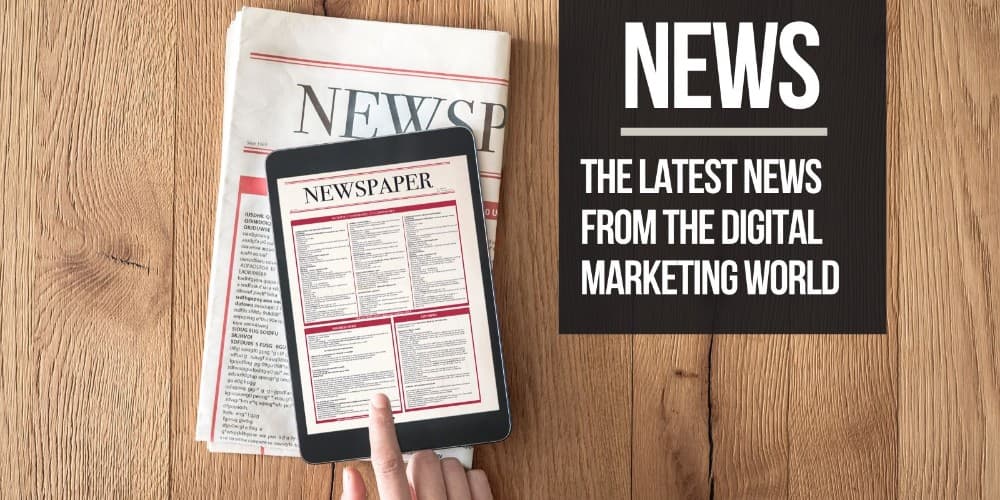A good welcome email should be friendly, recognisable and trustworthy. It should provide good links, display good branding, and allow for quick recognition.
Welcome emails build a first impression. Get them right, and your new customers will like you, trust you, and want to keep doing business with you.
But get them wrong and your customers might be deterred from sticking around.
As noted by OptinMonster, it’s therefore essential that you get your welcome emails right.
Before we look at 5 good welcome email examples, let’s read up on some important stats:
- The open rate for welcome emails is a whopping 60% – they have the highest open rate of any emails you send to subscribers.
- Welcome emails are usually short – 65% of them range from 50-150 words in length.
- Emails which are sent as part of the onboarding process can help to boost app retention by 71%.
Nice! Where are these examples?
Here are 5 companies who build great welcome emails. Following their lead can help you to build trust with customers…
Ancestry
Their welcome email has a great colour scheme, and matches that of their site. This allows for immediate recognition, which is important.
Here’s what else the email does well:
- It contains a clear set of steps on how you can get started.
- The design highlights important steps with the use of a shaded box.
- Early in the email, there’s a very clear CTA.
- It contains plenty of branding.
Asana
Asana’s welcome email is split into panels. Each panel has an icon along with a description of an Asana function.
Here’s what else the email does well:
- The email matches the layouts and colours of their site. This helps with brand recognition and helps to build trust.
- Each link in the email allows you to complete a different task.
- There’s a clear link which allows email recipients to set their own email preferences.
Carbonite
The company logo is right at the top of the email, which makes it very clear who the email is from. This is key.
Here’s what else the email does well:
- It answers a couple of key questions which users might have. This will prevent users from being confused (and therefore deterred).
- It includes links to Carbonite social media profiles, which helps to build trust.
- Big icons make the content easy to digest and understand.
Envira Gallery
This welcome email opens by addressing the recipient by name. That’s a nice personal touch which builds trust.
Here’s what else the email does well:
- The copy is friendly and personable, which feels familiar and welcoming.
- The unsubscribe link is very visible.
- The logo is included, which is great for brand recognition – and builds trust straight away.
LawTrades
Again, the email is branded – so you immediately know who it’s from.
Here’s what else the email does well:
- There’s a link to the company site, which increases trust. There are also social media links.
- The subject line tells you what you’ve signed up for.
- The unsubscribe link is very clear.
As you can see, all of these good examples share many things in common. A good welcome email should be friendly, recognisable and trustworthy. It should provide good links, display good branding, and allow for quick recognition.
